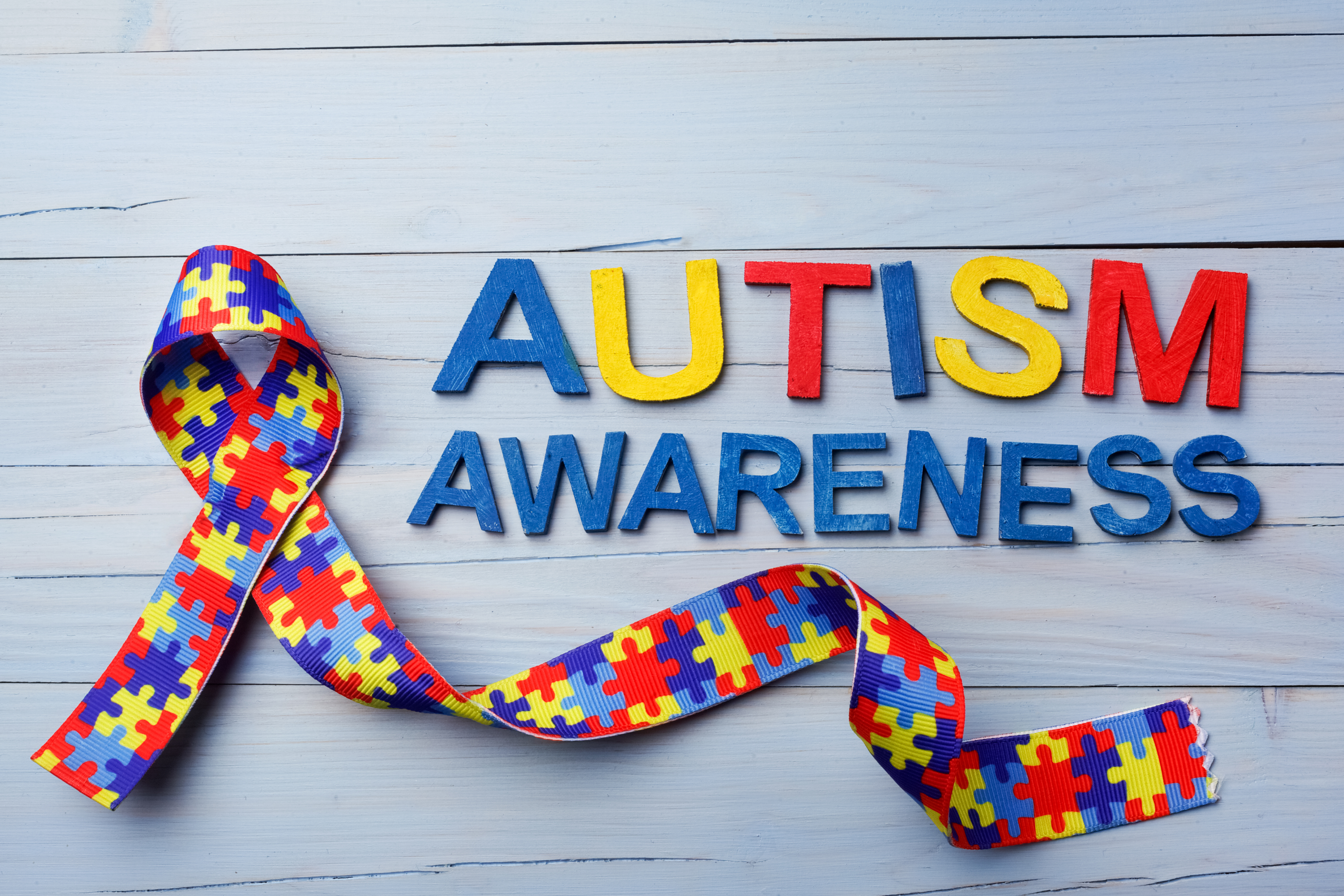April is Autism Awareness Month

What is Autism Spectrum Disorder (ASD)?
Autism, or autism spectrum disorder (ASD), refers to a broad range of conditions characterized by challenges with social skills, repetitive behaviors, speech, and nonverbal communication. According to the Centers for Disease Control and Prevention, autism affects an estimated 1 in 59 children in the United States today.
How is ASD diagnosed?
Diagnosing ASD can be difficult since there is no medical test, like a blood test, to diagnose the disorders. A specially trained and experienced professional can diagnose this condition. For example, a licensed child psychologist, developmental pediatrician, child psychiatrist, or pediatric neurologist can conduct behavioral observations and standardized evaluations in order to rule out ASD. Additionally, a school psychologist may also identify if a child meets criteria for autism and, thus, qualifies for Special Education services in the school environment according to the federal law known as IDEA (Individuals with Disabilities Education Act).
What are the signs and symptoms?
People with ASD have problems with social, emotional, and communication skills. They might repeat certain behaviors and might not accept change in their daily activities. Many people with ASD also have different ways of learning, paying attention, or reacting to things. Signs of ASD begin during early childhood and typically last throughout a person’s life.
This includes:
Loss of previously acquired speech, babbling or social skills
Avoidance of eye contact
Persistent preference for solitude
Difficulty understanding other people’s feelings
Delayed language development
Persistent repetition of words or phrases heard (echolalia)
Resistance to minor changes in routine or surroundings
Restricted interests (highly interested in a particular toy or activity)
Repetitive behaviors (flapping, rocking, spinning, unusual hand/finger movements, etc.)
Tendency to line up toys
Unusual and intense reactions to sounds, smells, tastes, textures, lights and/or colors, touch
For more information, visit https://www.autismspeaks.org/
Source: Centers for Disease Control and Prevention


